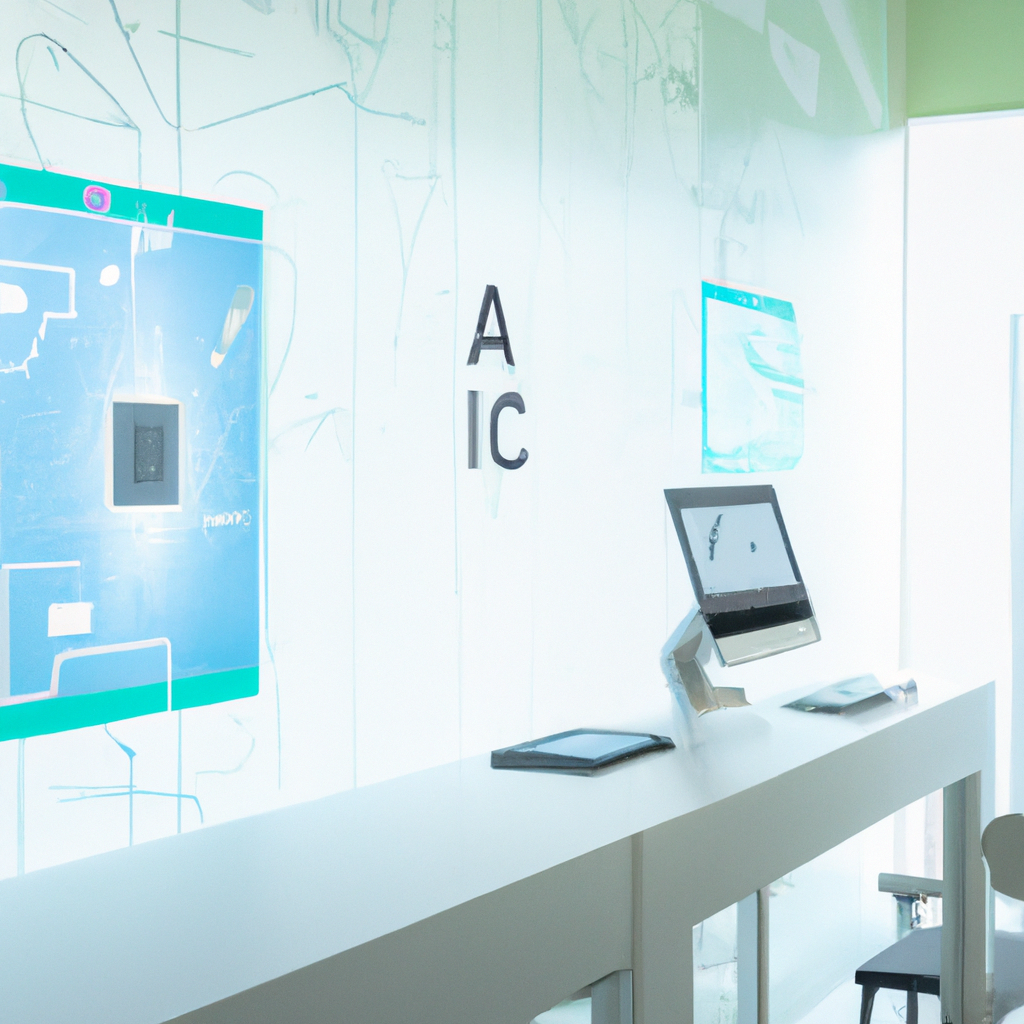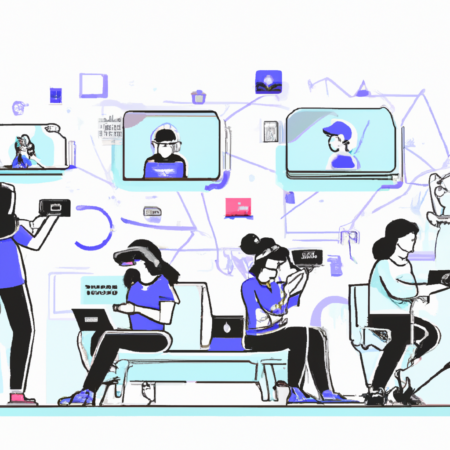Future-Proof UX: Design Strategies for 2025 and Beyond
As we step into the second quarter of 2025, the landscape of User Experience (UX) design continues to evolve at a rapid pace. Adapting to the latest technologies and user expectations is more crucial than ever. This post explores essential strategies that UX designers must embrace to stay ahead in this dynamic field.
Embracing AI and Machine Learning
Artificial intelligence (AI) and machine learning (ML) are no longer just buzzwords but essential tools for enhancing UX. By integrating AI, designers can create more personalized user experiences based on user behavior patterns. AI algorithms can help predict user needs and automate routine tasks, making interfaces more intuitive and user-friendly.
Inclusive and Accessible Design
Inclusivity and accessibility remain at the core of modern UX design. In 2025, ensuring that digital products are accessible to all users, including those with disabilities, is not just ethical but also a legal imperative in many regions. Utilizing tools like voice navigation, screen readers, and ensuring adequate contrast ratios are just some ways to make digital environments more inclusive.
Advanced Prototyping Tools
The right prototyping tools can significantly speed up the design process and enhance the final product’s quality. In 2025, UX designers have access to advanced tools that allow for high-fidelity prototypes that are incredibly close to the final product. This not only helps in better user testing but also in presenting a clearer vision to stakeholders.
Sustainability in Design
Sustainability is a crucial factor in UX design. Designers are expected to consider the environmental impact of their designs, promoting sustainability through reduced data usage, optimized performance, and eco-friendly user interactions.
Conclusion
The future of UX design is vibrant and challenging. By focusing on AI integration, inclusivity, advanced tools, and sustainability, designers can create experiences that are not only user-friendly but also future-proof. Staying ahead of these trends will ensure that your designs remain relevant and impactful in 2025 and beyond.






